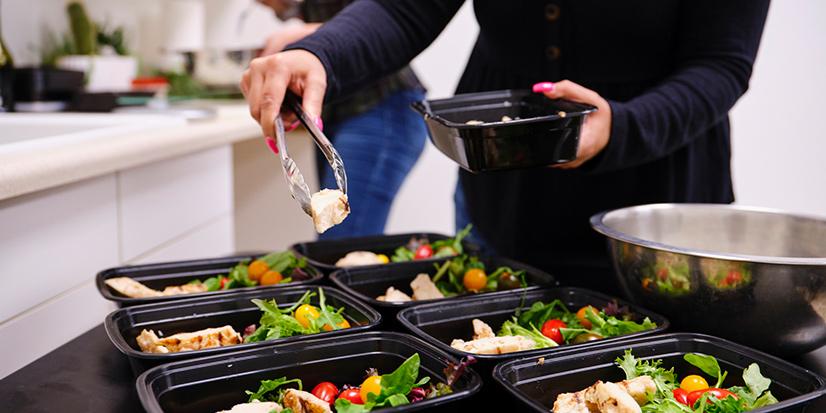As I’m sure many of you know, one of the most common nutritional deficiencies in children and adults is vitamin D. Vitamin D deficiencies are especially prevalent in the Midwest, but did you know approximately 1 billion people worldwide have vitamin D insufficiency or deficiency? It is now being realized that there is an association between vitamin D deficiency and higher mortality and morbidity. Even though vitamin D supplementation is considered an easy short-term solution for the treatment of this problem, it seems that for most of the population, the best method is to increase the amount of vitamin D coming from our diet to achieve the most efficient long-term treatment.
There are numerous causes for being deficient in vitamin D, here are just a few:
The Season
With our location in the Midwest, we are getting little to no vitamin D from November through February. That’s why it is important to be focusing on getting our Vitamin D throughout these winter months through our diet and supplementation.
Obesity
Vitamin D is a fat-soluble vitamin that is stored in the body's fatty tissue. When our bodies have an excess of fatty tissue it is difficult for the vitamin D to separate from the body fat, so this reduces the amount of vitamin D that is available for the body to use.
Sunscreen Use
As we all know we should be wearing sunscreen when out in the sun to protect our skin. However, SPF 15 can reduce the amount of Vitamin D3 our body makes by 99%. Too much sun, especially that causes sunburn, can increase your risk of skin cancer. Therefore, it is important we find a good balance between unprotected sun exposure and protected sun exposure.
So now the question arises, how can we get more vitamin D in our system? We as people get our vitamin D from being out in the sun, from our diet, and for some, from dietary supplements. There are not many foods that are fortified with or naturally contain vitamin D, so it’s important to know what in your diet can help bring more vitamin D in.
Natural Sources:
- Salmon
- Sardines
- Mackerel
- Tuna
- Cod liver oil
- Egg yolk
- Sunlight exposure
Fortified foods:
- Fortified milk
- Fortified orange juice
- Fortified yogurts
- Fortified butter & margarine
- Fortified cheeses
- Fortified breakfast cereals
Supplements:
- Multivitamin
- Vitamin D3
Now that you know where to find vitamin D in your diet and routine, there’s the question of how much vitamin D do we need?

The Institute of Medicine recommends 200 IU for children through 50 years of age, 400 IU for adults ages 51 to 70, and 600 IU for adults 70 or older. However, many experts agree that without sufficient sun exposure adults and children need closer to 800 to 1000 IU per day.
It’s important to make sure you’re not getting too much of a good thing. So how do you measure how much vitamin D you’re getting?
There are tests that your doctor or dietician can do to measure your exact needs of vitamin D. But if you’re just looking for a rough measurement here are some quick looks:
- 3.5 ounces of farmed salmon contains about 66% of your daily vitamin D.
- 3.5 ounces of sardines contains about 27% of your daily vitamin D.
- 1 egg yolk contains about 5% of your daily vitamin D.
- 1 cup of fortified milk contains between 15-22% of your daily vitamin D.
- 1 cup of fortified orange juice contains about 12% of your daily vitamin D.
- ½ cup of fortified breakfast cereals contains about 17% of your daily vitamin D.
Our team at Altru can help you navigate all your health needs and concerns. If you are interested in learning more about thinking about your health through preventive measures our team at the Sanny & Jerry Ryan Center for Prevention & Genetics would love to talk more with you. Call 701.732.7620 for more information.







